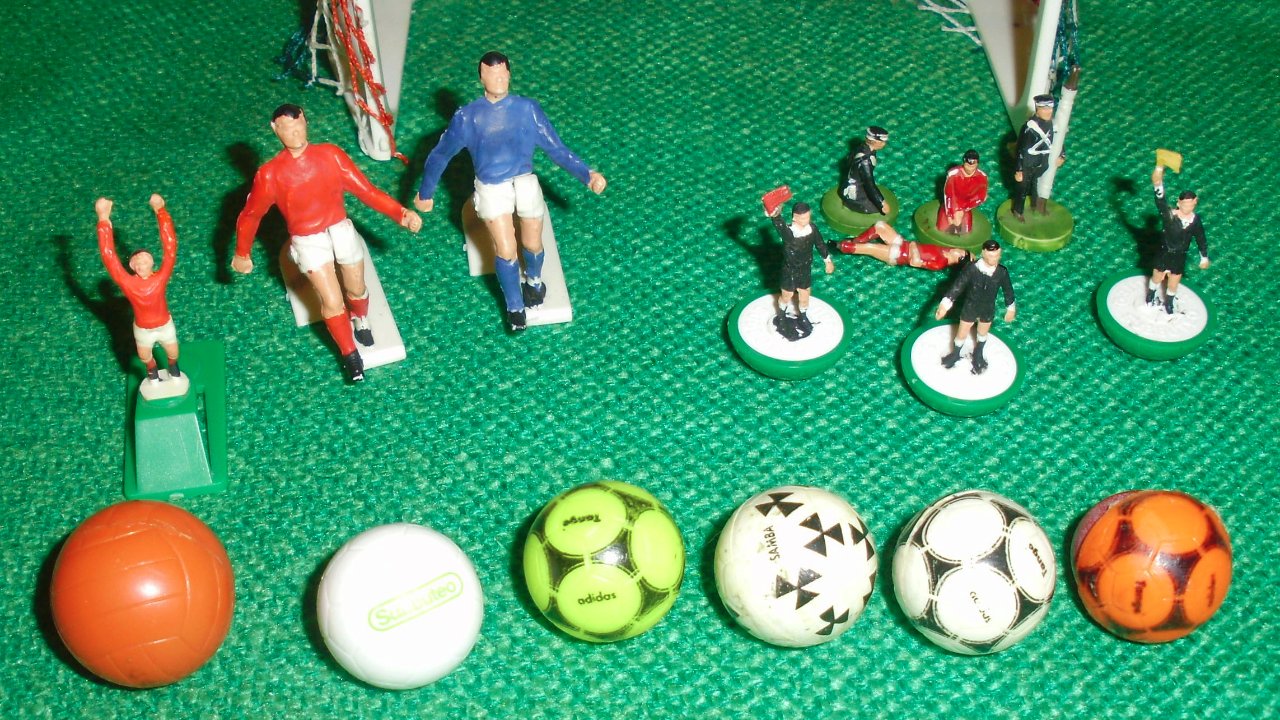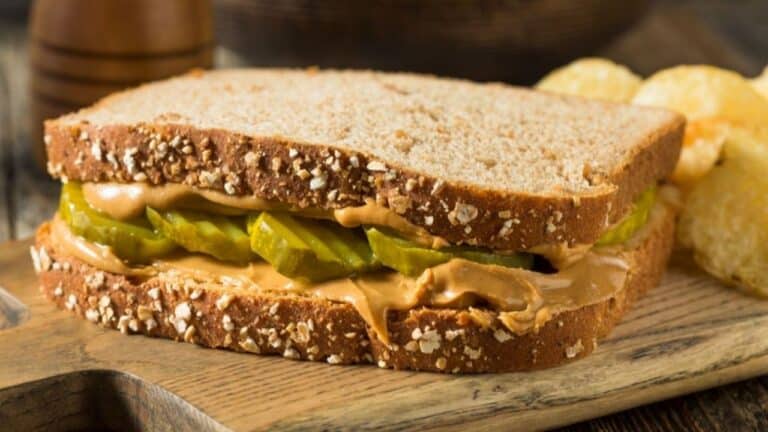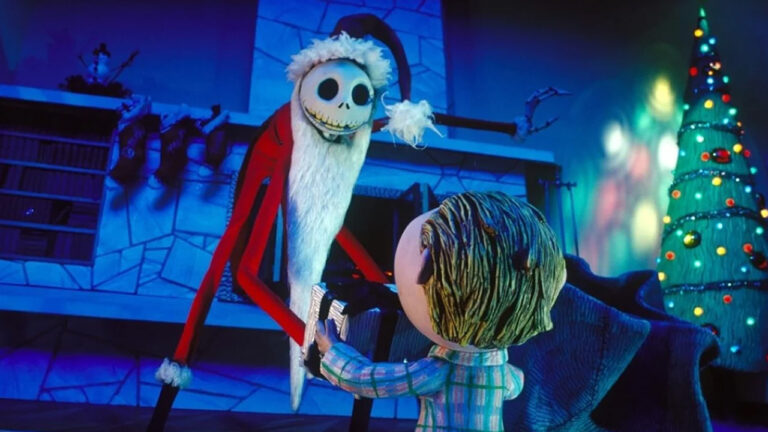25 Things All ‘70s Kids Did When They Stayed Home Sick From School

School kids in the 1970s had less technology to keep them entertained. We didn’t worry about the lack of smartphones or the internet, because you didn’t miss what you’d never experienced.
‘70s kids loved to play outside, and it only became an issue when we were ill. Days off school could become isolated and dull, so what helped pass the time?
Not all of these hobbies could be carried out if you were seriously incapacitated, but ‘70s children would recognize these as genuine pastimes for those long days away from the schoolyard.
Read Comics

We could read anything we liked on those long sick days, but comic books provided a comfort like nothing else. There was a choice of superheroes, with Batman or Superman at the forefront, while war-themed comics were also popular.
Crazy cartoon characters from The Dandy and the Beano were much-loved in the UK. If you were ill during January, you could also read the annuals received at Christmas as a bonus treat.
Send Off for Useless Toys

While reading your comic books on sick days, the ads in the back took on greater appeal. Maybe you could buy a pair of X-Ray Glasses and see through walls. The products also included “Space Shoes,” which were essentially regular shoes placed on springs and blocks of wood.
You could even send off for your own two-man nuclear submarine. They were ridiculous items, but the tedium of sick days made them so much more attractive.
Eat Comfort Food

Chicken soup isn’t just for the soul. During the 1970s it was among a number of perfect pick-me-up foods when we were ill. You may prefer biscuits and gravy, and sick days are a time for indulging in our favorite comfort snacks.
Back in Britain, a certain drink was regularly consumed on days like these. Lucozade was marketed as a sickness tonic, rather than an energy drink, and pulling away the orange wrapper was an added pleasure.
Play Table Soccer

Today’s school kids would undoubtedly head to their favorite video game. Gaming is a perfect tonic when you need a lift, and it’s a great accompaniment to sick days.
Back in the early 1970s, unless you owned a copy of the archaic Pong, you had to settle for board games, or something more immersive. Table soccer was a favorite option, with the iconic Subbuteo brand at peak popularity during the decade.
Make a Model Kit

Table soccer could be played solo, but a more common hobby for the solitary school kid involved model kits. These were plastic versions of airplanes, tanks, and other military vehicles. Modern, commercial aircraft were available, but World War Two was the most popular era for the producers to replicate.
These model kits are still on sale, but interest peaked around the 1970s. To construct them properly, you needed time and patience, and a sick day offered the ideal opportunity.
Build a Model From Scratch

Those who were more skilled with their hands would laugh at kids with kits. Balsa wood was their preferred medium, and they could construct impressive models with the addition of a craft knife and some glue.
Balsa wood was so light that airplanes could fly across significant distances. Unfortunately, the models were also fragile and would frequently sustain damage on landing.
Fire up the CB Radio

In the days before texting and voice messages on WhatsApp, we needed other ways to vent and get involved with mindless chatter. This is where Citizens Band (CB) Radio stepped in.
Not every ‘70s kid had a set, but you knew someone who did, and their popularity shot up as a result. If you had access to CB while off from school, you could chat with other sick souls, or with random truck drivers who were just passing through.
Write to Your Pen Pal

Instant messaging has also destroyed the cult of the pen pal. Back in the 1970s, we could source addresses from willing students overseas, before corresponding and telling them every tiny detail about our lives.
Some would carry on the conversation for years, while the novelty wore off for many of us. After months of neglect, a sick day gave us the opportunity to catch up with our pen pal once again.
Use the Extra Time for Homework

On occasion, a sick day might have bought you some extra time. If you hadn’t been able to complete your homework assignments, an additional day or two helped you to catch up.
I’m not suggesting that any of us “threw a sickie” to buy that time. Maybe the anxiety of homework deadlines contributed to that illness, but those extra days were sure handy when you fell behind.
Quilt Making

Time away from school offered a perfect chance to add a square to the family quilt. It’s a tradition dating back centuries, so this isn’t just a 1970s thing, but like all handicrafts, it seems outdated in the modern digital age.
If a quilt didn’t already exist in your household, this was your opportunity to construct a new one. Over time, you could look back with fondness at the squares and those sick days spent bedridden and vomiting.
Stretch Out Stretch Armstrong

The incredibly stretchy Stretch Armstrong toy debuted in 1976 and was a top seller for the remainder of the decade. For a while, this was the must-have gimmick of the time and its qualities were remarkable.
Stretch Armstrong could extend from its regulation five inches up to around five feet. They were impressive dimensions, but this was all it did. With short attention spans, kids moved on, but the boredom of sick days offered a chance to see if you could stretch Stretch Armstrong to breaking point.
Stamp Collecting

As a 1970s stamp collector, your work was never done. No matter what stage of your journey you’d reached, there was always something else to do. New arrivals needed adding to the album, while some stamps had inevitably dried out and would require re-hinging.
Sick days provided the ideal time for stamp maintenance, and those long hours also allowed you to read through the latest catalogs and plan your next set of orders.
Watch TV

If you didn’t live through the 1970s, you may think that we spent our sick days in front of the TV. The reality was different and here in the UK, we only had three available channels until 1982.
Daytime kids programs were only available during the holidays, and sick days meant a diet of news and tedious adult soap operas. Yes, we did watch TV when we were ill, but only as a last resort.
Dial the Speaking Clock

If you wanted to know just how slowly time passed during 1970s sick days, you could ring the speaking clock. Today, we just look at our phones for instant answers, but before the digital age, there was nothing in the home to match that reliability.
Other phone lines would play you the disc of the day or give you the weather forecast. It was a mildly amusing way to pass the time, especially if you weren’t paying the phone bill.
Organizing Baseball Cards

It was arguably the biggest collecting craze of the 1970s. Illness meant you were confined to home, but although you couldn’t add to your cards, you could spend time organizing your existing collection.
In the UK it was a similar scenario with soccer cards. Sick days were for sorting and identifying duplicates, so you could swap with your friends when you returned to school.
Making Paper Chains

It was crafting in its basic form, but it was enough to keep young minds entertained. The concept was simple: Take a large sheet of paper, fold it over, and cut in the shape of a girl or boy. Pull out and you have a paper chain in human form.
For the more skilled workers, it was possible to link chains to make Christmas decorations. You needed patience and time on your hands, and this was another occasion when sick days provided a solution.
Organize Your Doll House

The humble doll house was another popular toy in the 1970s. There were so many beautiful designs and infinite ways in which to furnish and decorate them.
A day or two away from school gave us a chance to re-organize and maybe move that furniture around. Maintaining your doll’s house was an ongoing job, and any spare hour was precious.
Bouncing Back

Toy manufacturers might have taken a more light-hearted approach to safety in the 1970s. When you consider that the pogo stick was another top seller, you’ll see why.
They were great fun, but many a broken bone was sustained while on board, so it was an option if you felt you needed more time in the hospital and fewer hours at school. Space hoppers were an alternative, safer approach to the bounce craze of the 1970s.
Make Spirograph Designs

A lot of the toys on this list follow a similar theme. They are solitary games that didn’t really work when you had friends over and, let’s be honest here, many were just dull.
The Spirograph fits that brief perfectly. Developed in the 1960s, it was another toy that sold in high numbers through the 1970s. The geometric designs that you could produce were interesting, but that interest soon faded. Sick days were often the only time the kits were used.
Helping With Chores

If you began helping Mom with chores, it was a sure sign you were on the mend and ready to go back to school. You’d have to be seriously bored to help out, and those of us who reached this stage were happy to return to our studies.
On the positive side, it meant spending some quality time with a parent who wasn’t always available during regular school hours.
Maintain Your Sports Kit

Kids today will never know the pleasure that the smell of fresh linseed oil on a bat will bring. In the US, you had baseball bats to oil, while we did the same with our cricket bats.
Shoes also needed whitening, and there was always some residual mud to get out from the cleats. If anything can make me nostalgic for sick days ‘70s style, it’s the time spent maintaining sports kit.
Listen to Music

With the television out of the equation, ‘70s kids turned to music for passive entertainment. Sick days were the time to get out all your vinyls and give them a playthrough. The downtime also provided the opportunity to replace all loose discs in their sleeves, while reorganizing your collection.
If the music room was out of bounds for any reason, we’d take a transistor radio to our room and listen to the latest chart hits.
Collect License Plate Numbers

Think of the most boring hobby you’ve ever been involved in. Now multiply that boredom x100 and you may have an idea of what it was like to collect license plates. It was on a level with train spotting, but that would require traveling, and that’s a no-no on sick days.
You could sit at your bedroom window and collect plate numbers from all licensed vehicles. It was an option when you were home from school and that was the only possible enjoyment you could get from this hobby.
Tackle a Jigsaw Puzzle

Thinking it might be a nice idea to complete a jigsaw is a sure sign of getting old. I don’t know of anyone under the age of 50 who would attempt a jigsaw puzzle unless they were ill, bored, or both. As a child, these were the least popular Christmas and birthday presents, and would inevitably be pushed under the bed at the first opportunity.
If you had an extended period off school and had exhausted all the other suggestions on this list, it might have been time to get that jigsaw out of its hiding place.
Stay in Bed All Day

If you were struck down with the ‘flu or something equally nasty, it may not have been possible to do anything at all. On those days, children simply enjoyed the bliss and comfort of a warm bed. If you liked, you could literally stay there all day.
It’s also worth remembering that not everyone had full central heating in the 1970s, so a day in bed was a serious treat during those short and cold winter days.





